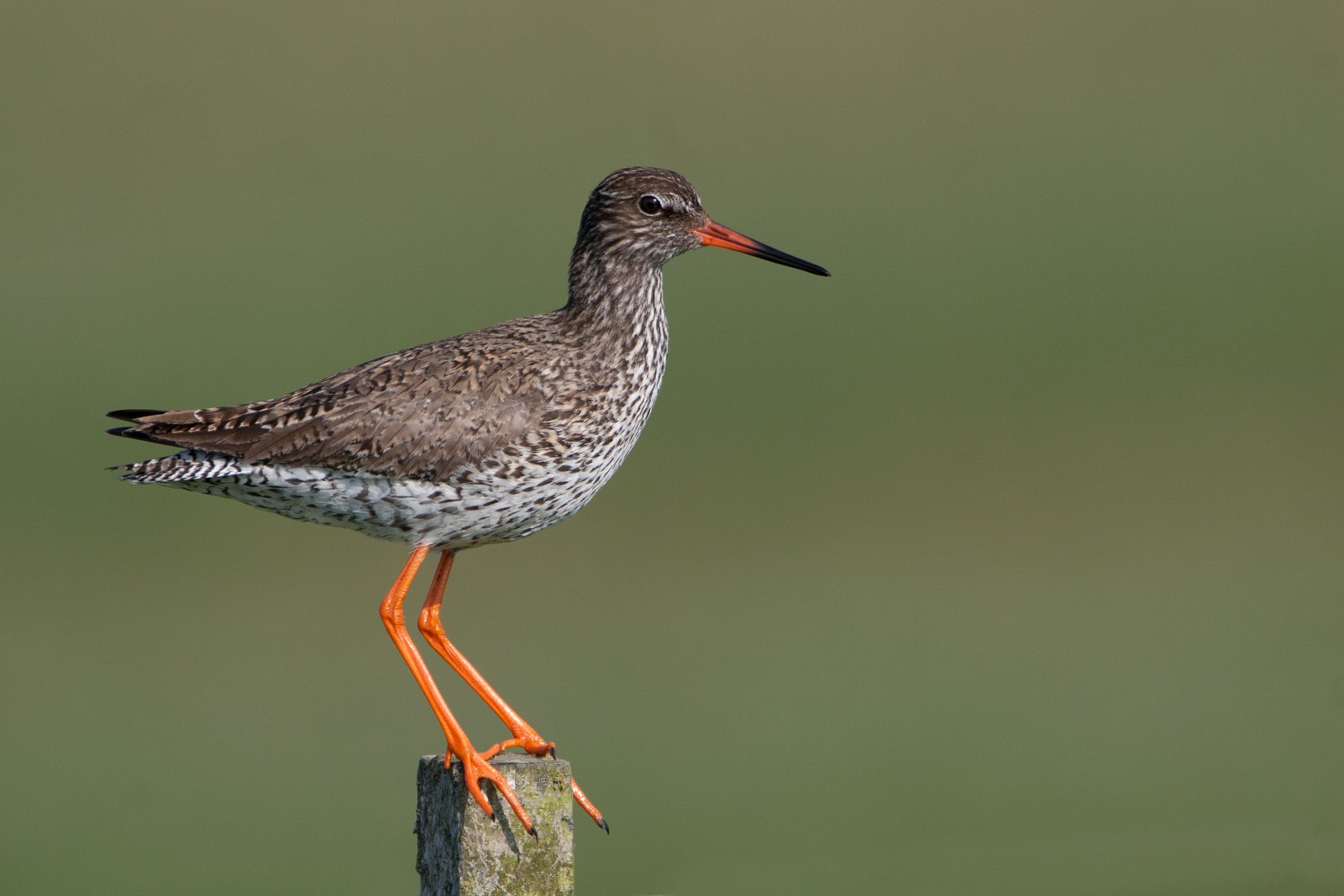Descrizione
Waders like Piviere dorato, Pavoncella and Beccaccino occurred regularly in impressive gatherings, with Piovanello pancianera and Pettegola in smaller but significant numbers. At times a Albanella reale, Smeriglio or Gufo di palude hunted the valley. When flooding persisted or reoccurred beyond the winter months the waters invariably many passage migrants of which ducks, gulls, waders, and hirundines were the most numerous. More unusual visitors to the valley include Svasso collorosso, Falco pescatore, Calandro maggiore and Zigolo della Lapponia. During the 20 years to 1980, 78 species are known to have bred and a further 6 may have done so. It is truly regrettable during the present decade; increased drainage efficiency has greatly diminished the ornithological significance of the area. Hopefully with Hanson’s Restoration plans for Slaynes lane and with the increased involvement of the Nottinghamshire Wildlife Trust, along with careful water level management, this part of the Valley can be restored to its former glory.
Dettagli
Accesso
The bridleway is accessed from either the end of Hagg Lane in Newington or off West Street in Misson. Along Slaynes lane is an area of farm land and extensive sand quarry workings.




